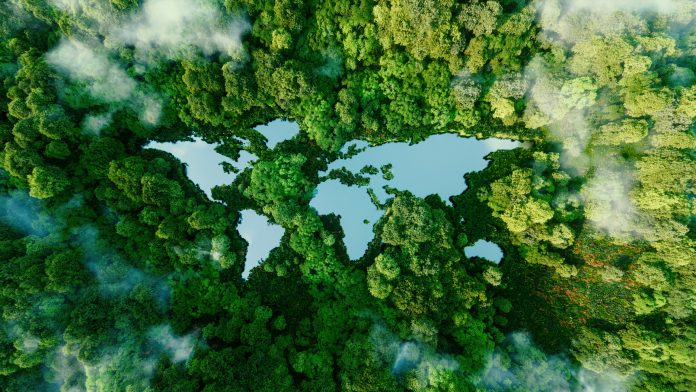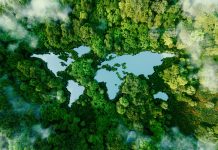Analysis of global freshwater resources has revealed alarming trends, indicating that human activity has dramatically altered the Earth’s freshwater cycle
The study, published in Nature Water, demonstrates that since the mid-twentieth century, human pressures such as dam construction, large-scale irrigation, and global warming have pushed the variation in the planet’s freshwater cycle far beyond its pre-industrial range.
Comparing water variations from the pre-industrial period to the industrial period
The analysis used data from hydrological models to calculate monthly streamflow and soil moisture across the globe. The researchers found significant variations in freshwater resources by comparing conditions from the pre-industrial period (1661-1860) to the industrial period (1861-2005).
The findings reveal a concerning increase in the frequency of exceptionally dry or wet conditions, impacting streamflow and soil moisture. These variations have occurred over substantially larger areas since the early 20th century compared to pre-industrial times.
The global land area experiencing variations has nearly doubled, indicating a shift in the Earth’s freshwater system.
Dr. Vili Virkki, one of the lead authors of the study from Aalto University, emphasises the extent of human-induced changes, stating, “Exceptional conditions are now much more frequent and widespread than before, clearly demonstrating how human actions have changed the state of the global freshwater cycle.”
“Exceptional conditions are now much more frequent and widespread than before”
Change in conditions
The analysis also reveals geographical differences in these variations. Tropical and subtropical regions have experienced an increase in exceptionally dry conditions, while boreal and temperate regions have seen more frequent wet conditions, particularly in soil moisture.
These patterns align with changes attributed to climate change. Complex patterns occur in regions with a long history of human land use and agriculture, such as the Nile, Indus, and Mississippi River basins. Here, exceptionally dry streamflow and wet soil moisture conditions indicate changes driven by irrigation practices.
Pressure on the freshwater system
Miina Porkka, who co-led the study at Aalto University, highlights the importance of consistent methodology in understanding freshwater dynamics. “Using a method that’s consistent and comparable across hydrological variables and geographical scales is crucial for understanding the biophysical processes and human actions that drive the changes we’re seeing in freshwater,” explains Porkka.
Associate Professor Matti Kummu, senior author of the study, further emphasises the urgent need to address human-driven pressures on freshwater systems. “Understanding these dynamics in greater detail could help guide policies to mitigate the resulting harm – but our immediate priority should be to decrease human-driven pressures on freshwater systems, which are vital to life on Earth,” says Kummu.
Analysing global freshwater resources helps provide insights into the causes and consequences of freshwater cycle changes.














